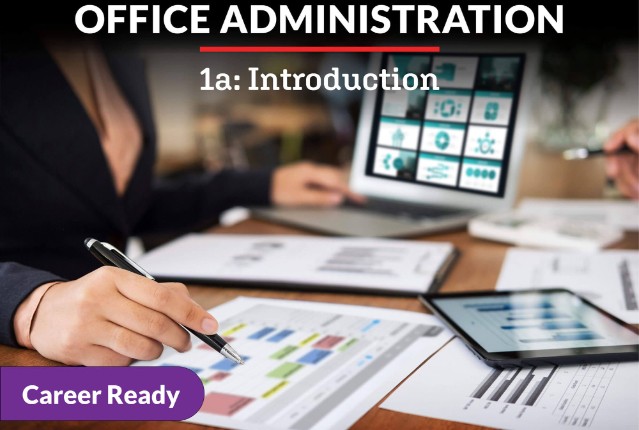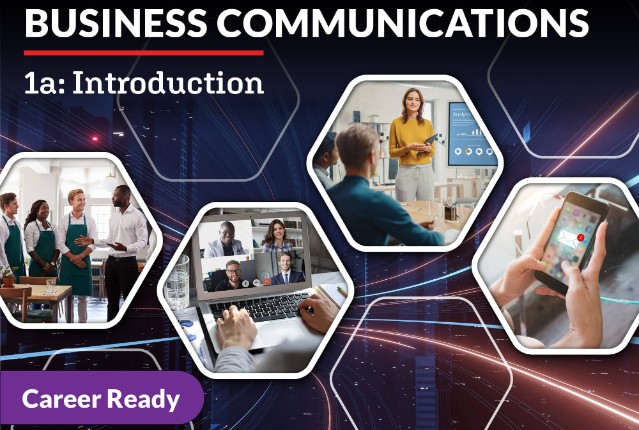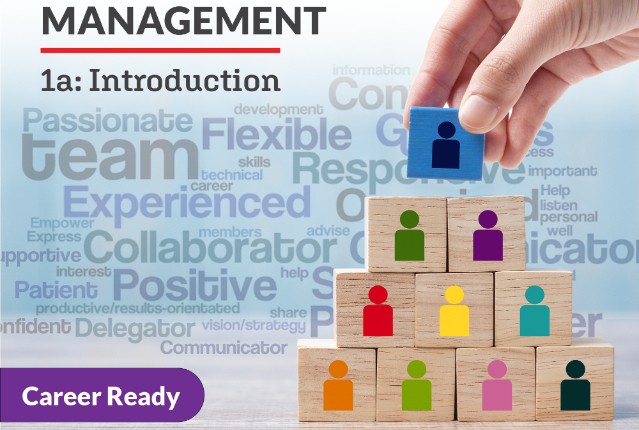
Professional Sales and Promotion 1a: Introduction
“Sell me this pen.” It seems like an easy request, but the art of selling takes nuance, expertise, and an ability to navigate the complexities of client needs. In this course, you’ll learn about the bigger picture of the sales cycle. You’ll examine the role of today’s sales professional along with the skills and qualities needed for success, and you’ll learn the ins and outs of the sales process and how it is driven by recognizing and responding to customer needs. Before long, you’ll be a part of the well-oiled engine that drives the entire commercial economy. But first, can you sell me this pen?
Review course outlineAccess for a year
USD 299.00*
* Choose more courses to get a discount




